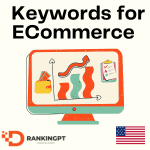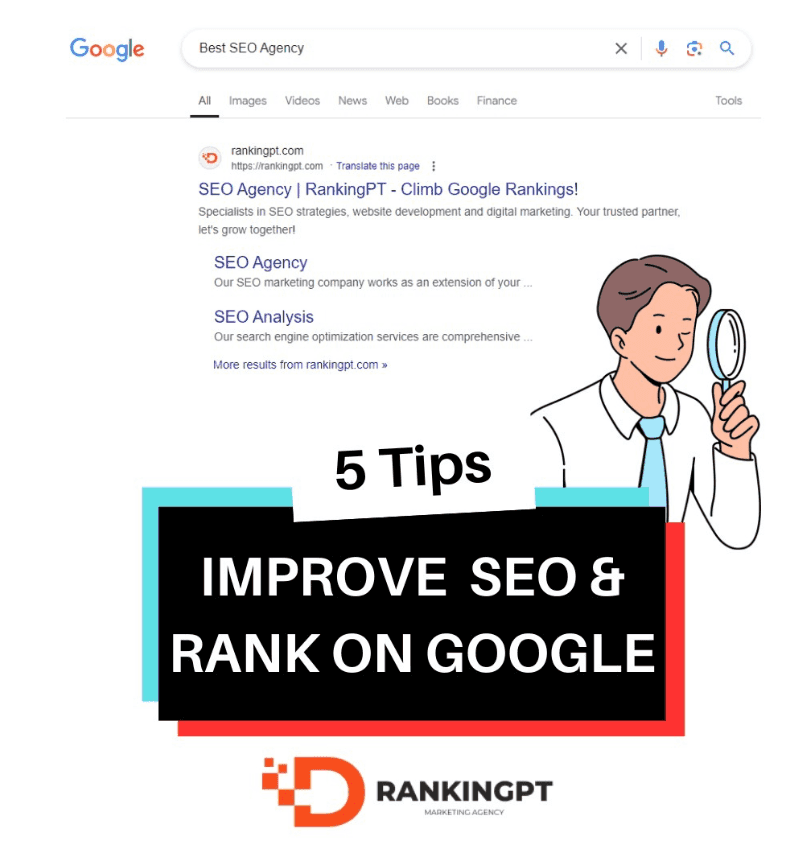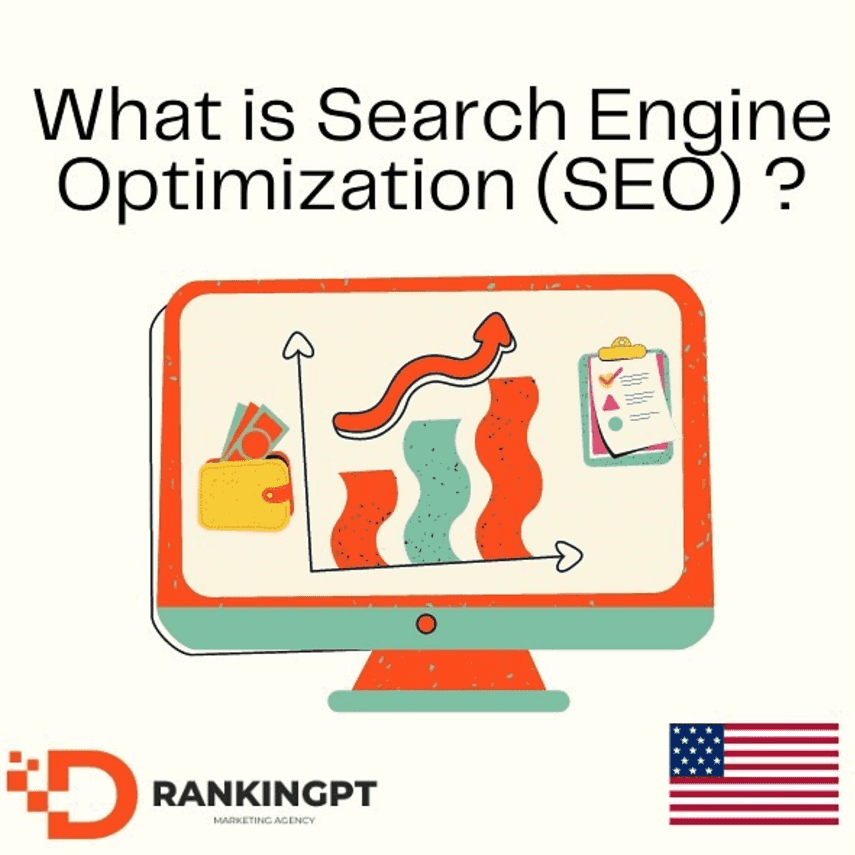The Dos and Don’ts of PPC Landing Pages
Why PPC Landing Pages Matter
A well-optimized landing page is essential for improving efficiency and maximizing the results of your PPC campaigns. Since bringing users to your site through Google Ads involves costs, ensuring that the landing page is well-designed, functional, and conversion-focused is crucial.
Below, we explore key dos and don’ts to refine your PPC landing pages and drive better performance.
Landing Page Dos
1. Keep It Simple
A clean and simple design helps users navigate your landing page easily while ensuring they receive the necessary information about your product or service. Avoid overwhelming visitors with excessive content—use concise text, compelling imagery, and an intuitive layout.
The goal is to create a natural journey for users, leading them toward conversion.
2. Place Your CTA Above the Fold
A prominent Call to Action (CTA) increases conversion rates. Avoid placing the CTA too far down the page, as users may lose interest before taking action. Instead, use eye-catching visuals and compelling copy to encourage engagement right away.
Your CTA should be positioned near the top, immediately following an engaging headline and brief value proposition.
3. Write Compelling Copy
The text on your landing page plays a critical role in engagement and conversions. The headline and subheadings should be compelling and relevant, as these elements capture users' attention first.
Ensure your landing page copy aligns with the PPC ad that directed users there and integrates target keywords to improve quality scores and ad relevance.
4. Include Trust Indicators & Testimonials
Building trust with new visitors is key to improving conversion rates. Incorporate customer testimonials, reviews, case studies, or certifications to provide credibility and reassure potential customers about your product or service.
Authentic testimonials help eliminate skepticism and encourage users to take action.
5. Test and Optimize Your Landing Pages
A/B testing different elements—such as layouts, CTAs, headlines, and images—allows you to determine which variations perform best. Google Ads enables A/B testing, splitting traffic between different versions of your landing page to measure effectiveness.
Additionally, heatmap tools like Hotjar provide insights into how users interact with your page, helping you make data-driven optimizations.
Landing Page Don’ts
1. Avoid Distractions
A landing page should be focused on guiding users toward conversion. Minimize unnecessary links, navigation menus, and distractions that could lead visitors away from the primary goal.
Ensure every element on the page directs users toward the desired action, such as making a purchase or submitting a form.
2. Don’t Hide Your CTA Below the Fold
A CTA placed too far down the page can reduce conversions. Users should not have to scroll extensively to find the action button.
Keep CTAs clearly visible near the top of the page for maximum engagement.
3. Don’t Overload the Page with Text
While informative content is important, large walls of text can be overwhelming and deter users. Instead, break up content into short, digestible sections with engaging visuals.
Using bullet points, bolded text, and imagery can make key messages stand out.
4. Don’t Ignore Page Speed
A slow-loading landing page leads to high bounce rates. Every second of delay can result in a 10% increase in drop-off rates. Use Google’s PageSpeed Insights to identify performance issues and optimize your page for faster loading times.
Fast-loading pages improve user experience and conversion rates.
5. Ensure Your Page is Mobile-Friendly
With 50-70% of traffic coming from mobile devices, ensuring a seamless mobile experience is critical. Avoid intrusive pop-ups, ensure buttons are easily clickable, and use a responsive design that adapts to different screen sizes.
A well-optimized mobile landing page increases engagement and conversions.
Conclusion
Optimizing your PPC landing pages involves strategic design, clear messaging, and continuous testing. There is no one-size-fits-all approach—each business and industry will require different tactics to improve conversions.
By implementing strong CTAs, reducing distractions, improving page speed, and A/B testing different elements, you can enhance user experience and maximize your PPC campaign’s ROI.
Need expert help optimizing your PPC landing pages? Contact our team today to get started!





